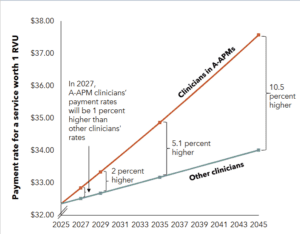Jeremy Siegel: SVB Collapse Will 'Knock Some Sense' Into Fed Chair

Bank Collapse Will Chill Lending
“Clearly this puts a chill in lending everywhere. Some experts say that the chill in lending … it’s a chill equivalent probably to one or two tightenings of the Fed and that’s why the Fed has to go low,” the economist said. The Fed is aware of this, he added.
“I don’t think they’re going to go zero,” Siegel predicted. Forward guidance is more important than whether the Fed goes to zero or a 25 basis-point hike now, as the central bank wants to say it’s continuing the fight against inflation, he added.
Siegel said he sees a recession as more likely now but thinks it will be mild. As for the SVB shock, the Fed needed to see that its tightening was among the worst in its history and that they went too far, Siegel said.
“In some sense this is good news,” he said, adding he is more optimistic longer term even though the shock’s chilling effect may result in lower gross domestic product and earnings in 2023.
Siegel considers the SVB collapse “a volatility event that is going to be well controlled, that has been well controlled.” It’s not like 2008, when banks had made bad loans, he added. “These banks have been stress-tested for bad loans,” he said.
If the Fed starts lowering rates later this year, which he thinks it should, bank loan and deposit growth should return to normal, Siegel said.
Meanwhile, U.S. wholesale price data is very encouraging, while initial jobless claims are below 200,000 and housing starts in February were well above expectations, Siegel noted, adding, “the economy is not disintegrating.”
Current corporate earnings forecasts may be too conservative and should move higher for 2024 when the Fed finally calms inflation, Siegel said. “I don’t think this market’s going down much further,” he said.
Siegel cited attractive valuations for small- and mid-cap stocks and noted that value stocks took a hit recently over recession fears, but that “value is always a great buy” on such fears “because it’s the one that goes down the most.” Current value stock prices averaging about 13 times earnings suggest 7% to 8% real returns for the long run, Siegel explained.
Value stocks now look like they’ll give greater long-term returns than the market overall, he added.
(Image: Lila Photo for TD Ameritrade Institutional)



